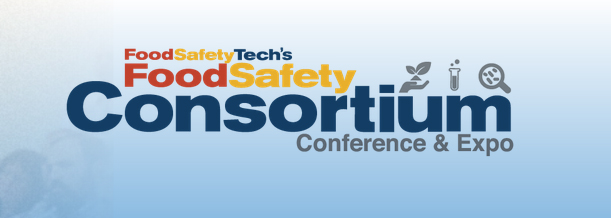As a business owner, you have a multitude of challenges to contend with, but one of the most insidious and damaging threats to your facility operations might be lurking in the shadows: rodents. These stealthy intruders not only jeopardize the integrity of your property but can also carry diseases that pose serious risks to your employees and public health. In organic facilities, rodent control can be a balancing act between implementing control measures to help remedy the problem of rodents and maintaining your “organic” status.
While post-pandemic activities have helped reduce the amount of public rodent sightings, their threat to public health hasn’t decreased. Rodents can spread dozens of harmful diseases directly and indirectly—including salmonellosis, leptospirosis and hantavirus—in addition to contaminating food products and potentially causing structural damage in buildings. Left untreated, rodent sightings within a commercial facility can lead to ongoing infestations and eventually, failed inspections and stalled operations—a costly blow to your bottom line.
Knowing how to spot rodent activity is essential to helping stop it early and prevent a larger issue for your business. If you notice the following signs around your facility, you might have a rodent problem:
- Capsule-like droppings
- Rub marks along walls and other hard surfaces
- Shredded packaging, insulation or fiber like materials
- Damaged food products and gnawed hard surfaces
There are some factors that can make rodent infestations more likely in a facility. For example, poorly maintained walls, foundations and roofs can create entrances for these pests along with improperly sealed openings such as doors and windows. In addition, standing water, left out food, cluttered spaces and overgrown landscaping can also attract rodents.
Common Types of Rodents
If you suspect you may have a rodent problem in your facility, it is important to correctly identify the species you are dealing with and report any sightings to your pest control provider. Here are some of the most common rodent species you may encounter in a commercial facility:
- House Mouse: The house mouse is a small mammal named for its propensity to live within human habitats, including food plants. Next to humans, the common house mouse is one of the most prevalent mammal species in the world. Between five to eight inches long, these rodents can produce 50-60 offspring per year.
- Norway Rat: Norway rats are easily identifiable by their coarse brown fur and large size, measuring up to 19 inches long including their tails. These rodents may be difficult to spot during the day, as they are nocturnal. However, droppings and gnaw marks are telltale signs that these pests may be present.
- Roof Rat: More slender and agile with even longer tails than the common Norway rat, roof rats present a unique set of challenges for food processors. These pests are known to build nests at higher elevations, making them more difficult to catch in warehouse and processing facilities with large roof spaces.
Protecting Your Organic-Certified Facility
To learn more about specific requirements and rodent management strategies for organic-certified facilities, view our on demand webinar “Rodent Control and Organic Certified Facilities.”
Organic-certified facilities maintain a variety of measures to ensure they meet all USDA standards. Contamination of non-organic products and substances is a real concern for these highly regulated facilities. As mentioned, rodent control is crucial to maintaining a safe environment in commercial facilities but can threaten to spread diseases and contaminate organic products. Fortunately, there are many organic-certified rodent control methods that these facilities can use to maintain their certification while helping to lower the risk of pests:
- Preventative Measures: Sanitation and exclusion efforts should be some of the first actions taken before moving on to other control measures. Sanitation will help eliminate food sources for rodents while exclusion work will help prevent rodents from getting into the facility in the first place. Exclusion work should be focused around doors, loading docks, utility penetrations and holes in walls.
- Mechanical Measures: Rodents can be controlled through a variety of devices including glue boards, snap traps and multi-catch traps.
If either of these two methods are not successful in controlling a rodent problem, work with your pest management provider to determine which approved products (e.g. baits and conventional treatments) can be applied. You can reference the U.S. Department of Agriculture (USDA)’s National List of Allowed and Prohibited Substances for a full list of substances that may not be used in organic facilities.
Integrated Pest Management (IPM) and Rodent Control
By implementing an Integrated Pest Management (IPM) program, you can help keep pests at bay and work together with your provider to come to the best solution. IPM programs focus on preventive techniques like exclusion, sanitation and maintenance to keep pests where they belong: outside your business.
Most organic food processing facilities have customized IPM programs in place, especially if they undergo regularly third-party food safety audits. These programs are implemented by qualified pest control technicians in collaboration with a facility’s food safety and quality assurance team to help deter pest activity and prevent infestations without losing organic certifications.
Now that you know how to spot signs of rodent activity around your facility and tips you can implement to reduce their impact on your business, don’t forget to review your IPM plan with your pest control provider. Rodent activity fluctuates with the seasons and a reliable pest control provider will regularly evaluate the effectiveness of your IPM plan to make sure food safety remains a top priority. If you don’t have an IPM program in place or a reliable pest control provider, now’s the time to implement one before you have a costly rodent issue that impacts your business reputation or the health of your employees and customers.





















